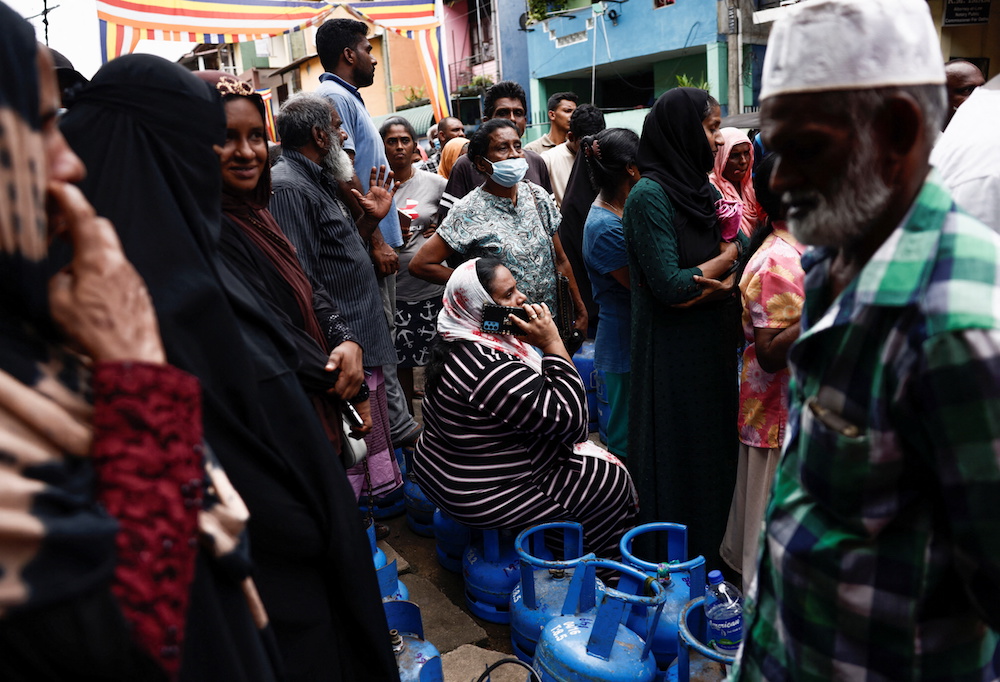COLOMBO: Sri Lanka’s agriculture minister called on citizens on Friday to start growing food in their home gardens to help avert looming shortages, as the country’s debt crisis continues to worsen.
The island nation of 22 million people, which defaulted on international debts of more than $50 billion last month, has been facing a severe shortfall in imports of essential goods, which is also pushing inflation to new record highs.
While the Colombo Consumer Price Index rose to nearly 40 percent year-on-year in May, up from almost 30 percent in April, food inflation surged to 57.4 percent, up from 46.6 percent, leaving many in Sri Lanka already unable to afford three meals a day.
Officials have been looking for ways to boost domestic production since Prime Minister Ranil Wickremesinghe has warned of a food crisis by August.
“We are urging the people to grow their food at home: crops and cereals such as green gram; all types of yams, potatoes, cassava and sweet potatoes; cowpeas; condiments such as chilies, cardamom and curry leaves, and fruits,” Agriculture Minister Mahinda Amaraweera told Arab News.
He said that if there is an emergency, the government will get food “from any part of the world,” and has so far sought help from India, with which Sri Lanka has a credit line facility, to import over 30,000 metric tons of rice — the country’s staple.
Local rice production has dropped in Sri Lanka, after last year’s decision by President Gotabaya Rajapaksa to ban all chemical fertilizer. Although the ban has been lifted, the country has been unable to secure fertilizer imports for the cultivation season.
“We have again reverted to carbonic fertilizer for cultivation, which will take some time to bring back the situation to normalcy,” Amaraweera said.
But urban gardening may not contribute much to surviving this period, according to Prof. Palitha Weerakkody from the Department of Crop Science of the University of Peradeniya.
“This is ideal for rural and semi-urban areas,” he told Arab News, adding that even there, constraints would be significant due to a lack of manpower, as Sri Lankan families are no longer big like they used to be in the past.
“With small families of three to four people, this type of cultivation has its own limitations,” Weerakkody said. “And they can’t grow paddy in home gardens.”
Hunger is looming as Sri Lanka is struggling with its worst economic crisis in memory and is now sliding from an upper-middle-income economy to one seeking international donations and emergency loans.
Sri Lanka needs at least $3 billion in emergency funds this year and its leaders have been trying to negotiate a deal with the International Monetary Fund.
In May, the IMF began technical discussions with Sri Lankan authorities, and a new round of talks is expected this month.




